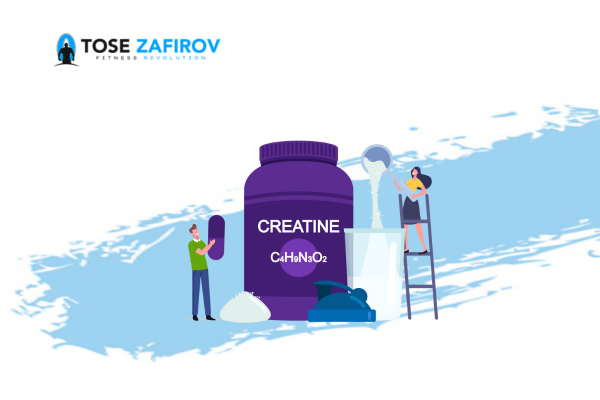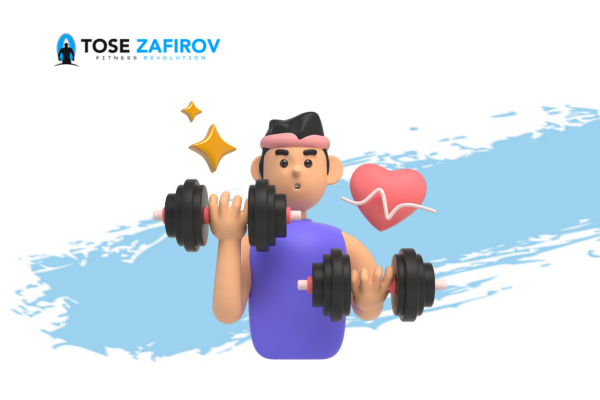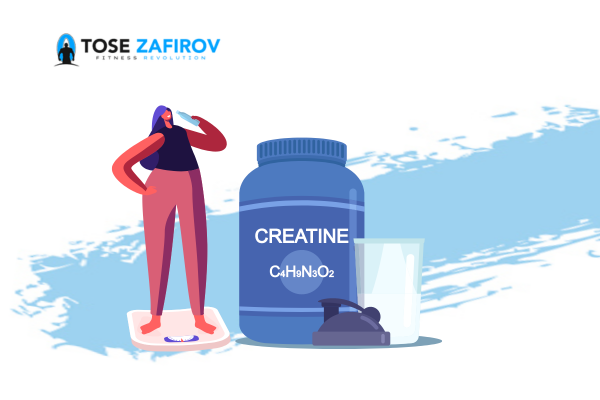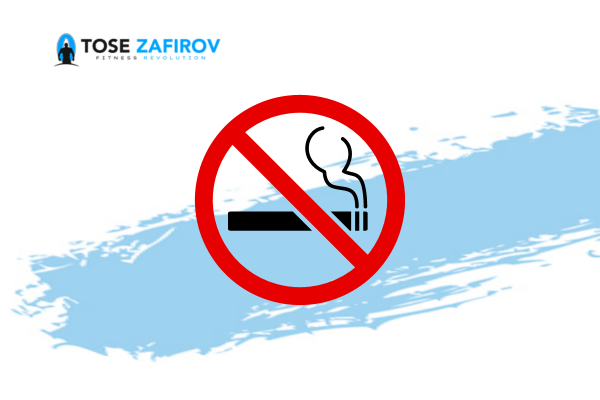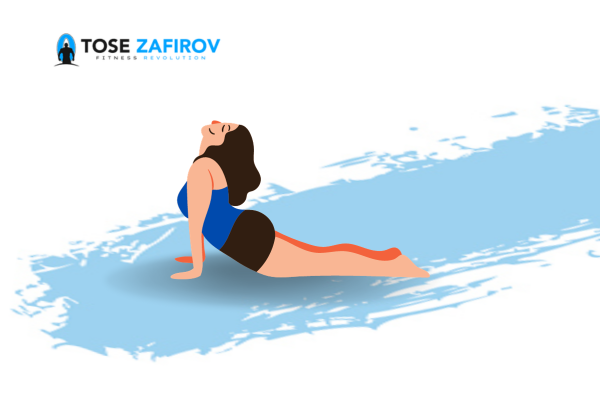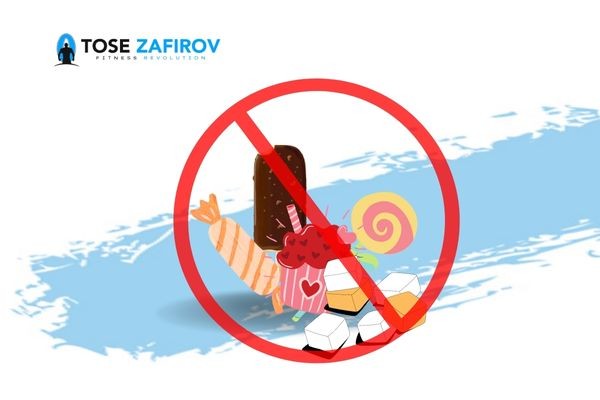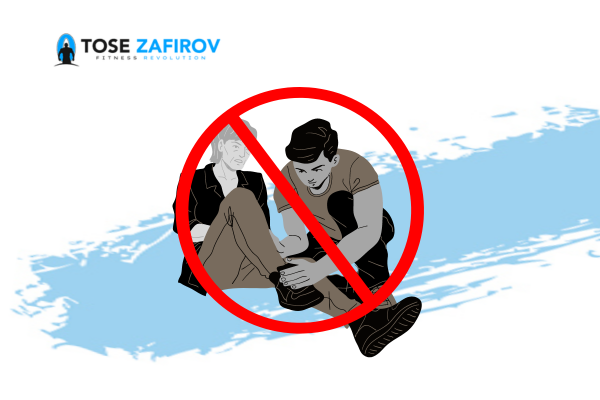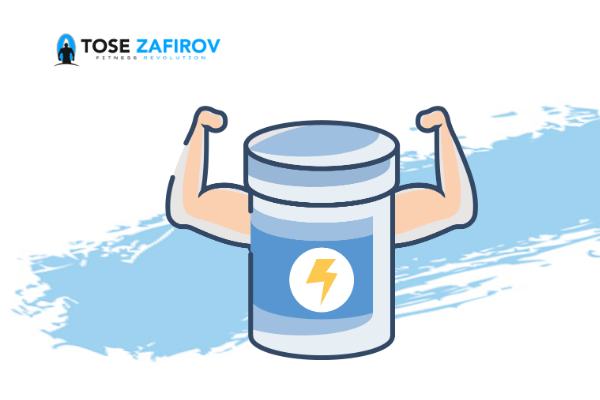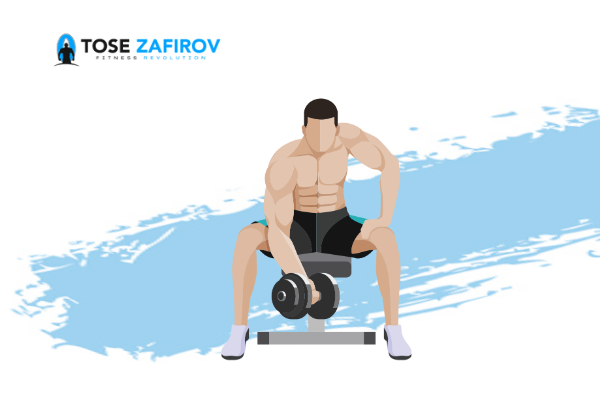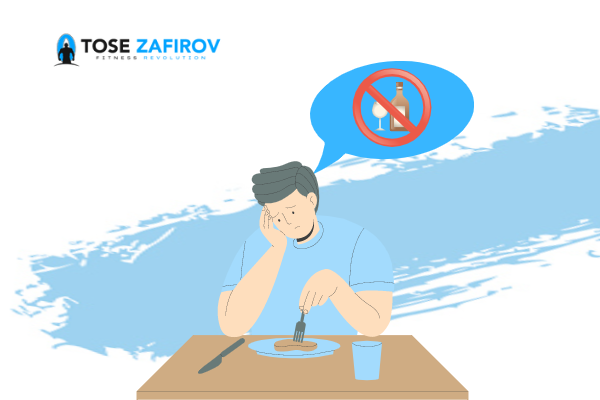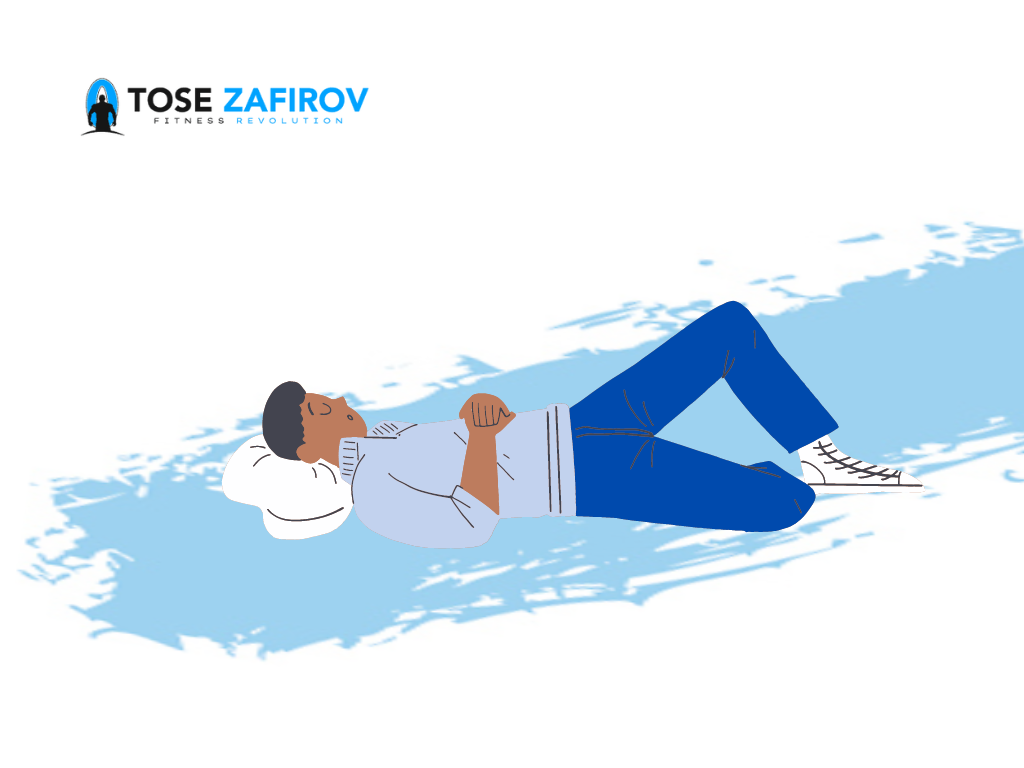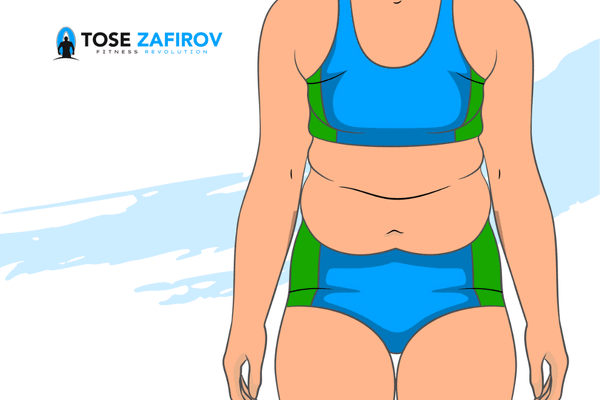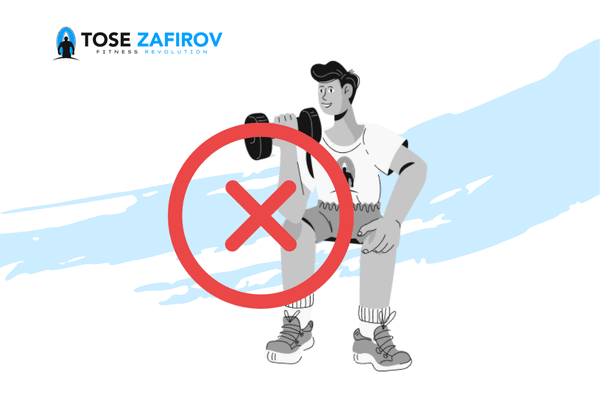Losing weight is easier said than done, and there isn’t a magic pill to take off pounds. Instead, you have to burn more calories than you take in. This involves a healthy diet, as well as a combination of cardio and strength training.
Key Takeaways:
- Cardio, short for cardiovascular exercise, involves activities that increase heart rate and use large muscle groups.
- Combining cardio with strength training can enhance weight loss by creating a calorie deficit.
- Factors such as age, body composition, and workout intensity affect calorie burn during cardio.
- Opt for cardio exercises that engage large muscle groups for maximum calorie burn in less time.
- To create a successful workout routine, include a mix of cardio, strength training, flexibility exercises, and rest days.
What is cardio?
When you hear the word cardio, do you think of sweat dripping off your forehead while running on the treadmill or taking a brisk walk on your lunch break? It’s both. Cardiovascular exercise, also known as aerobic exercise, means that you’re doing an activity “with oxygen.”
This type of exercise:
- uses large muscle groups, such as your legs or upper body
- requires respiration or controlled breathing
- increases your heart rate and keeps it in an aerobic zone for a set amount of time
Common forms of cardio include walking, jogging, swimming, cycling, and fitness classes. Cardio machines may include a rower, elliptical, stair climber, upright or recumbent bike, and treadmill.
While cardio does burn calories and helps aid in weight loss, combining it with at least two to three days a week of strength training workouts can increase the rate at which you lose weight.
Note
Cardio for weight loss
To lose weight, you need to create a calorie deficit. The number of calories you consume needs to be less than the amount of calories you burn. How much weight you lose depends on the amount of exercise you’re willing to perform over the course of a week.
If you’re not sure how to create a deficit or you need help meeting your goals, consider using a calorie counting app. These trackers allow you to input your daily food intake and physical activity throughout the day, which enables you to check your current calories in/calories out equation.
You should perform strength-training activities that involve all major muscle groups at least two days each week.
Pro Tip
If you want to lose one pound each week, you need to create a 3,500-calorie deficit, which means you need to burn 3,500 more calories than you consume in one week.
Factors that affect how quickly you burn calories
Before you embark on a weight loss journey using cardio exercise, it’s important to understand that there are certain factors that affect how quickly you burn calories, and consequently, how fast you lose weight.
- Age. The older you are, the fewer calories you can expect to burn.
- Body composition. If you have a greater amount of muscle mass, you’ll burn more calories during exercise than someone who has a higher percentage of fat.
- Intensity of workout. The more vigorous the workout, the more calories you’ll burn in one session.
- Gender. Men burn calories faster than women.
- Overall daily activity. The more sedentary you are during the day, the fewer overall calories you’ll burn.
- Weight. The greater your weight, the more calories you’ll burn.
Which cardio exercises burn the most calories?
To maximize your time spent exercising, consider choosing physical activities that burn the most amount of calories in the least amount of time. This typically involves using the large muscles of your lower body at a moderate or vigorous intensity.
Here are some different methods of cardio and the number of calories you can burn in 30 minutes:
- hiking: 185 calories
- dancing: 165 calories
- walking (3.5 mph): 140 calories
- running (5 mph): 295 calories
- bicycling (>10 mph): 295 calories
- swimming: 255 calories
Creating an initial workout routine
To lose one pound, you need to burn 3,500 calories more than what your body needs. If your goal is to lose one to two pounds a week, you need a deficit of 1,000 calories per day.
Let’s say your daily caloric requirement is 2,200 calories. You’ll need to reduce the number of calories you consume per day by 500 and burn 500 calories through exercise.
With that in mind, you’ll want to create a workout plan that includes cardiovascular exercise most days of the week and strength training at least two days a week.
- Cardiovascular exercise. Perform cardio exercise three to five days a week for 30 to 60 minutes each session.
- Strength training. Perform two to three days a week of strength training exercises that involve all major muscle groups.
- Flexibility and stretching. Include daily stretching and flexibility exercises.
- Rest. Include at least one to two days of rest each week. You can participate in active recovery exercises such as yoga or light stretching on your rest days.
How to stagger your workouts
Performing the same workout every day leads to a plateau, a point at which the exercise loses effectiveness. Alternatively, hitting it too hard can lead to burnout. That’s why it’s important to stagger your workouts. To do this, make sure to include both moderate-intensity and high-intensity cardiovascular exercise in your overall fitness routine.
For example, perform 30 to 45 minutes of moderate-intensity cardio exercise, such as walking or swimming, three days a week. Up the intensity for the other two days — five days total — and perform vigorous workouts such as running or cycling.
Pro Tip
If you choose to do high-intensity-interval training, you can reduce the total amount of time. For example, do sprints alternating with jogging intervals on the treadmill for 20 to 30 minutes.
Why you need a variety of ways to lose weight
Your body uses different muscle groups for each type of workout. It makes sense to include a variety of exercises in your overall fitness routine. Combining cardiovascular exercise and weight training makes the most sense for maximum weight loss.
To do this, consider performing cardio exercise most days of the week and strength training exercise at least two days each week. For your cardio, include at least two to three different methods of aerobic exercise. For example, run one day, swim another day, cycle the next day, and choose two different fitness classes to do for the other two days.
For extra benefits, consider taking a fitness class that also includes strength training, which will increase the number of calories you burn during the activity and after your workout.
Note
In addition to physical activity, losing weight also requires changing your diet. To create a calorie deficit through diet and still feel satisfied, make sure to include plenty of complex carbohydrates, adequate amounts of protein, and healthy fats.
The bottom line
Cardiovascular exercise is an essential component of any weight loss plan, but its effectiveness depends on factors like workout intensity and variety. By understanding these factors and incorporating a well-rounded fitness routine, you can achieve your weight loss goals more effectively.


